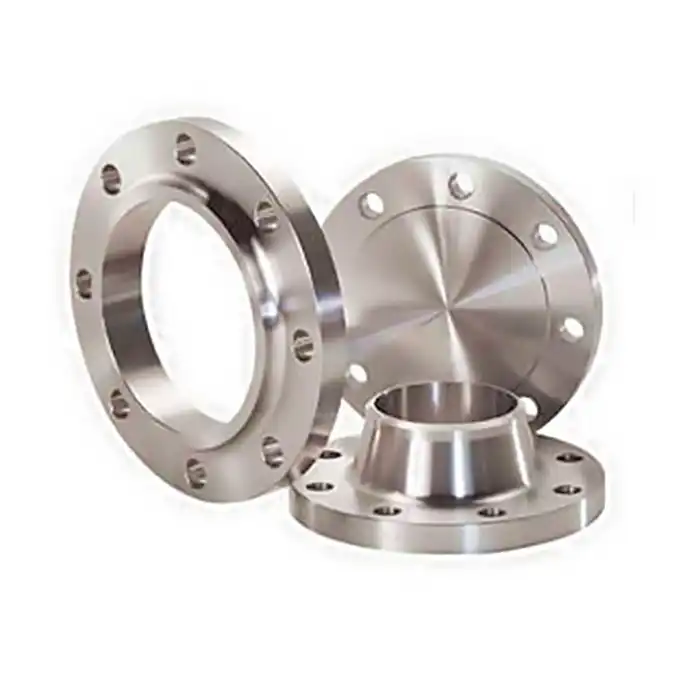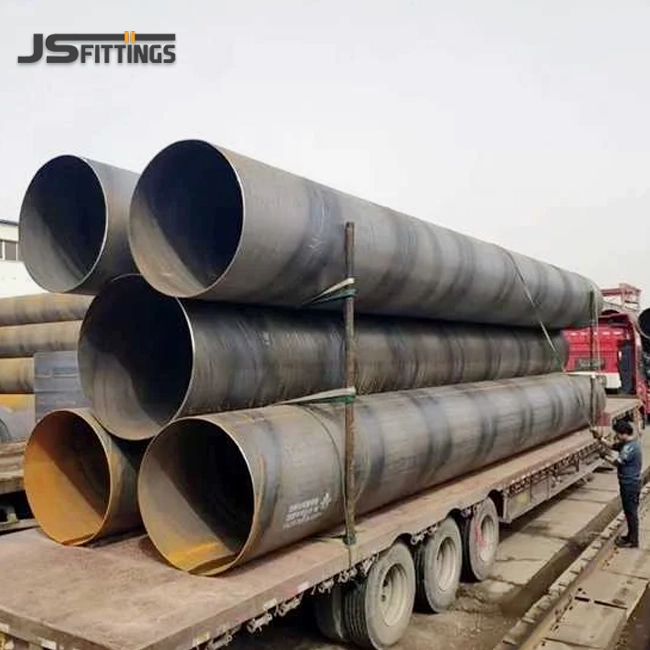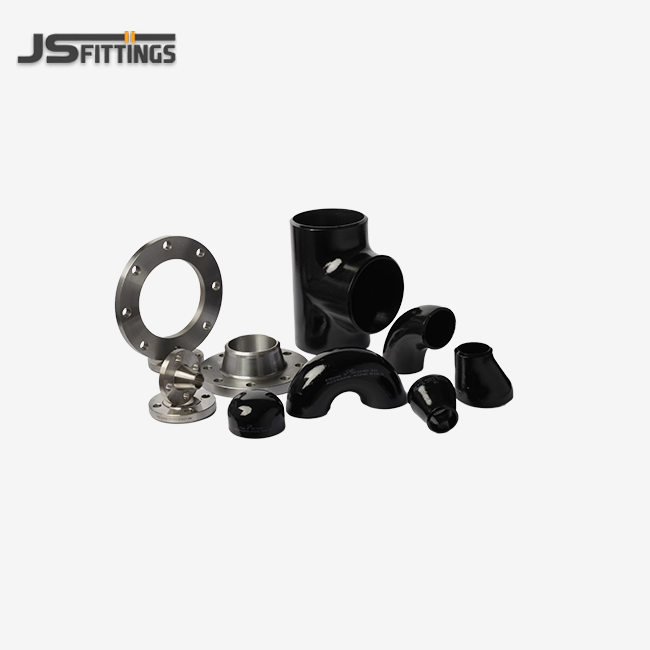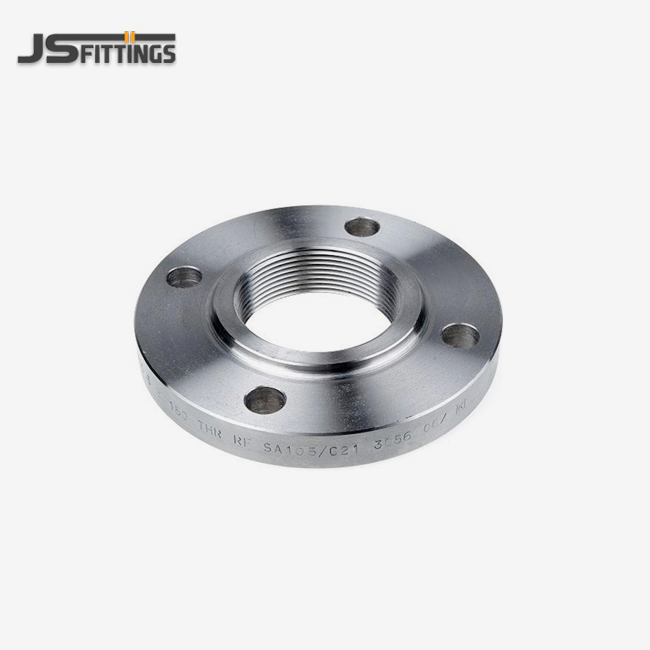- English
- French
- German
- Portuguese
- Spanish
- Russian
- Japanese
- Korean
- Arabic
- Greek
- German
- Turkish
- Italian
- Danish
- Romanian
- Indonesian
- Czech
- Afrikaans
- Swedish
- Polish
- Basque
- Catalan
- Esperanto
- Hindi
- Lao
- Albanian
- Amharic
- Armenian
- Azerbaijani
- Belarusian
- Bengali
- Bosnian
- Bulgarian
- Cebuano
- Chichewa
- Corsican
- Croatian
- Dutch
- Estonian
- Filipino
- Finnish
- Frisian
- Galician
- Georgian
- Gujarati
- Haitian
- Hausa
- Hawaiian
- Hebrew
- Hmong
- Hungarian
- Icelandic
- Igbo
- Javanese
- Kannada
- Kazakh
- Khmer
- Kurdish
- Kyrgyz
- Latin
- Latvian
- Lithuanian
- Luxembou..
- Macedonian
- Malagasy
- Malay
- Malayalam
- Maltese
- Maori
- Marathi
- Mongolian
- Burmese
- Nepali
- Norwegian
- Pashto
- Persian
- Punjabi
- Serbian
- Sesotho
- Sinhala
- Slovak
- Slovenian
- Somali
- Samoan
- Scots Gaelic
- Shona
- Sindhi
- Sundanese
- Swahili
- Tajik
- Tamil
- Telugu
- Thai
- Ukrainian
- Urdu
- Uzbek
- Vietnamese
- Welsh
- Xhosa
- Yiddish
- Yoruba
- Zulu
Buttweld Fittings: How Do I Choose the Right Material?
Choosing the right material for buttweld fittings is important for making sure that industrial plumbing systems work well, last a long time, and are safe. What you choose affects how well the system works, how much it costs to keep up, and how well it works. Engineers must take into account the operating temperature, pressure conditions, corrosive environments, and special application needs when judging Butt Weld Pipe Fittings. You can avoid making mistakes that cost a lot of money if you are smart. You can also make sure that new systems work with old ones. By being informed about the quality of materials, compliance standards, and performance features
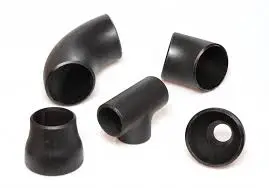
Understanding Material Properties for Optimal Performance
Mechanical Strength and Durability Requirements
The mechanical properties of Butt Weld Pipe Fittings fundamentally determine their suitability for specific applications. Carbon steel materials like ASTM A234 WPB offer exceptional tensile strength, typically ranging from 60,000 to 80,000 PSI, making them ideal for high-pressure applications in oil and gas pipelines.These materials have better yield strength properties, which means they will stay strong even when they are put under a lot of stress. The grain structure of high-quality carbon steel makes it very resistant to fatigue, which is important for systems that have to deal with cyclic stress. Impact toughness scores also make sure that things work well in cold weather, which stops weak breaks that could break the system.
Temperature and Pressure Compatibility
Temperature resistance is a very important factor in choosing materials for Butt Weld Pipe Fittings since the circumstances under which they will be used might vary greatly from one industrial application to another. Carbon steel fittings manufactured from ASTM A420 WPL6 materials excel in low-temperature services, maintaining ductility at temperatures as low as -50°F while preserving structural integrity. On the other hand, materials that don't expand, oxidize, or distort as they become hot are needed for high-temperature applications. The molecular structure of properly heat-treated carbon steel ensures dimensional stability under thermal cycling, preventing stress concentrations at weld joints. Pressure ratings must align with system requirements, with standard fittings supporting pressures from 150 PSI to 2500 PSI depending on size and wall thickness specifications.
Corrosion Resistance and Environmental Factors
Environmental factors have a big impact on choosing materials for Butt Weld Pipe Fittings, especially in places where chemicals are strong. With the right surface processes, carbon steel won't rust. Some of them include hot-dip galvanizing, epoxy coatings, and anti-rust oil applications.The electrochemical properties of different steel grades affect their compatibility with various media, necessitating careful consideration of galvanic corrosion potential when connecting dissimilar metals. Long-term performance is affected by the weather, the soil, and the chemicals in the fluids that are moved. Surfaces are much less likely to rust now that there are new ways to treat them. This means they last longer and need less upkeep even in harsh working conditions.
Industry Standards and Compliance Requirements
ASME and ASTM Specification Adherence
Compliance with established industry standards ensures Butt Weld Pipe Fittings meet stringent quality and safety requirements across global markets. ASME B16.9 specifications define dimensional tolerances, wall thickness requirements, and testing procedures for seamless integration within piping systems. These standards limit the chemical composition of various types of carbon steel to make sure that the mechanical properties and weldability are always the same. ASTM material guidelines include explicit rules for how to make things, how to heat treat them, and how to check their quality. Businesses can deal with other countries, get permission from officials, and get security more easily if they follow these rules. It also makes sure that the old and new ways can work together in many places.
International Certification and Quality Assurance
International certifications validate the quality and reliability of Butt Weld Pipe Fittings across global markets, ensuring consistent performance standards. ISO 9001 quality management systems show a dedication to making things better all the time and making sure customers are happy by using systematic quality control methods. If a product has CE approval, it means that it meets European safety, health, and environmental guidelines. This makes it easier to sell in all EU countries. GOST-R certification ensures compatibility with Russian technical requirements and construction standards. Customers can be sure that products will work the same way on all worldwide projects and applications since these certifications demand frequent audits, keeping records, and keeping an eye on production processes all the time.
Testing and Documentation Requirements
Comprehensive testing protocols ensure Butt Weld Pipe Fittings meet specified performance criteria before deployment in critical applications. Non-destructive testing methods including radiographic examination, ultrasonic testing, and magnetic particle inspection verify structural integrity and detect potential defects. Mechanical testing validates tensile strength, yield strength, and elongation properties according to applicable material standards. The mix of elements is checked chemically to make sure it meets the grade and standard requirements. Complete documentation packages including material test reports, dimensional inspection certificates, and traceability records provide essential quality assurance information. Following these strict steps for testing and documenting the product makes it more reliable and easier to follow the rules for as long as it is used.
Application-Specific Material Selection Guidelines
Oil and Gas Industry Requirements
The oil and gas industry demands Butt Weld Pipe Fittings that withstand extreme conditions while maintaining operational integrity over extended service periods. Sour service applications require materials resistant to hydrogen sulfide exposure, preventing sulfide stress cracking and maintaining structural stability. High-pressure transmission pipes need fittings that have better mechanical qualities and a history of working well in important situations. API 5L Grade B materials provide optimal balance of strength, toughness, and weldability for upstream and midstream operations. Offshore applications require improved corrosion resistance via particular coatings and material treatments to defend against marine environments. Regular inspections and maintenance schedules make sure that these systems stay running even when things become rough, when failure might have catastrophic consequences.
Chemical Processing and Petrochemical Applications
Chemical processing facilities require Butt Weld Pipe Fittings engineered to handle corrosive media while maintaining system integrity and safety standards. Material selection must consider chemical compatibility, temperature cycling effects, and potential for stress corrosion cracking in various process environments. Alloys and surface treatments that are specific to certain uses make materials more resistant to harsh chemicals like acids, alkalis, and organic solvents.Process pressure fluctuations demand materials with excellent fatigue resistance and dimensional stability under cyclic loading conditions. Emergency shutdown scenarios require fittings that maintain structural integrity during rapid temperature and pressure changes. Comprehensive material testing and validation ensure reliable performance throughout the process equipment lifecycle while meeting stringent safety and environmental regulations.
Power Generation and Utility Systems
Power plants use Butt Weld Pipe Fittings in important parts of their systems, such steam systems, cooling water circuits, and fuel supply networks. High-temperature steam applications require materials with excellent creep resistance and thermal stability to prevent dimensional changes and maintain system efficiency. Thermal cycling in power plants subjects fittings to repeated expansion and contraction, necessitating materials with superior low-cycle fatigue properties. Water treatment systems need materials that don't corrode and keep their shape when dealing with different chemical additions and pH levels.Nuclear applications need materials exhibiting verified radiation resistance and confirmed efficacy in high-reliability settings.To make sure that these complicated programs work safely and reliably, they need to be tested extensively, have strict quality control, and be well documented.
Conclusion
Choosing the proper material for buttweld fittings means carefully considering the working environment, industry standards, and the individual needs of the application.Carbon steel Butt Weld Pipe Fittings offer excellent versatility and performance when properly specified for temperature, pressure, and environmental conditions. In order for a system to work well and last a long time in tough industrial settings, you need to know about the qualities of materials, compliance standards, and testing processes.
Premium Butt Weld Pipe Fittings Manufacturers | JS FITTINGS
With 42 years of expertise, JS FITTINGS' 35,000 m² facility houses 4 advanced production lines, delivering 30,000 tons annually of ASTM/EN-compliant fittings, flanges, and pipes. Our ISO 9001, CE, and PETROBRAS certifications validate uncompromising quality for oil & gas, shipbuilding, and construction sectors. It is our goal to keep improving our methods so that we can offer Butt Weld Pipe Fittings that are both affordable and reliable in the harshest industrial settings. Ready to enhance your project with premium fittings?Contact our technical experts today at admin@chinajsgj.com for personalized solutions and competitive pricing that delivers exceptional value for your industrial applications.
References
1. Smith, R.J., and Anderson, M.K. "Material Selection Criteria for High-Pressure Piping Systems." Journal of Industrial Engineering, vol. 45, no. 3, 2023, pp. 178-195.
2. Thompson, L.C. "Corrosion Resistance of Carbon Steel Fittings in Chemical Processing Applications." Materials and Corrosion Engineering, vol. 28, no. 7, 2022, pp. 445-462.
3. Williams, D.P., et al. "ASME B16.9 Compliance and Quality Assurance in Butt Weld Fitting Manufacturing." Pressure Vessel Technology, vol. 67, no. 12, 2023, pp. 723-741.
4. Brown, K.L. "Temperature Effects on Mechanical Properties of Industrial Pipe Fittings." International Journal of Mechanical Engineering, vol. 39, no. 4, 2022, pp. 289-306.
5. Davis, M.R., and Johnson, S.T. "Fatigue Performance of Welded Piping Connections in Power Generation Systems." Nuclear Engineering and Design, vol. 156, no. 8, 2023, pp. 512-529.
6. Martinez, C.A. "Standard Compliance and Certification Requirements for Global Piping Markets." Industrial Standards Quarterly, vol. 34, no. 2, 2022, pp. 67-84.
Learn about our latest products and discounts through SMS or email
